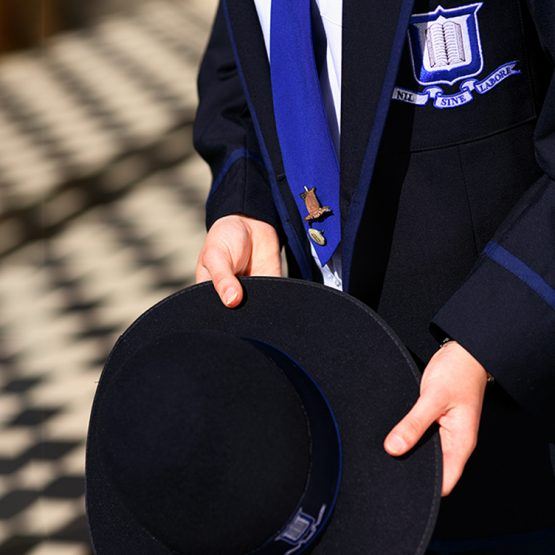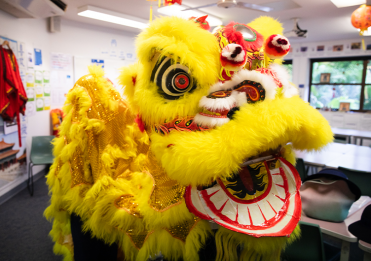On 11 November, communities across the globe will come together to commemorate, and reflect on, the sacrifices made on both sides of World War I. Despite a shared history, Remembrance Day has evolved in different ways around the globe and depending on where you are in the world, it can be known as Armistice Day, Veterans’ Day, Remembrance Day, or Poppy Day. Regardless, the anniversary and the events that commemorate those that served their nation and its allies, bind us together as global citizens. In most ceremonies of remembrance, the legacy of those who fought and died for their country is most often told through a reading of an appropriate poem designed to help the audience understand the bravery of service people, and their relatives, in wartime.
One traditional recitation is The Ode, the fourth stanza of the poem For the fallen by Laurence Binyon. Binyon lived from 1869 to 1943 and for much of his life worked at the British Museum. For the fallen was first published in the London Times in 1914 and was selected in 1919 to accompany the unveiling of the London Cenotaph. Like so many memorial traditions, the reading of The Ode passed into common use across the Commonwealth from that time on. It is, therefore, a part of our vernacular to recite, ‘They shall grow not old, as we that are left grow old …’ However, what came before—and what is less known to most—is where I would like us to focus for a moment.
Binyon wasn’t himself a soldier—but the third stanza of his poem, written only one month after the commencement of World War I, offers striking imagery of the young men who courageously went to the frontline:
They went with songs to the battle, they were young,
Straight of limb, true of eye, steady and aglow.
They were staunch to the end against odds uncounted,
They fell with their faces to the foe.
‘They went with songs to the battle, they were young, straight of limb, true of eye, steady and aglow…’ Each word and phrase chosen to connote bravery. Does this mean that these young men were without fear or apprehension? Unlikely. Most certainly not. However, bravery is not the absence of fear. For those young men, it was the choice to commit to a purpose greater than their fear and uncertainties and go forward boldly.
Therefore, we come together each year to remember the sacrifice of more than 102 000 brave Australians who have lost their lives in war for us, who were young, true, steady and aglow, just as you are.
And here we are, more than a hundred years later. Brisbane, Australia, 2020. A time when young Australians—including each of you here today—may have feelings of uncertainty, apprehension, or fear. Our global world is fast-moving and ever-changing, and there is a unique sense of vulnerability to the social and economic impacts of the global pandemic that we face. As a collective, your generation stands at the threshold of unchartered territory. It is in this context that I ask you to reflect on the experiences of those young Australians in 1914. More than a century may separate you but your bravery, as you embark on your future, binds you together with those brave young soldiers as Australians.
Is that enough?
The further removed from a historical event we become, the more challenging it is to feel a connection. Here lies the significance of commemorating. For a generation who has not experienced a World War, we must magnify the connection between commemorating and belonging. Symbols of nationhood, rituals of the past in the context of the present—woven together: these form the very fabric of our ability to transform tragic events of the past into motivating drivers for a positive future. It is essential that we remember.
It only took three short years (1918 to 1921) for the rituals that we are now so familiar with, to become established across Australia and the Commonwealth. There was little inkling back in 1919 that the plans made by Britain’s Peace Celebration Committee would stand the test of time, more than 100 years later. But the desire by a majority, to recognise and remember the bravery shown by those who leant in, who moved forward: at a time when they may have wanted to step back, has ensured that we uphold the traditions of Remembrance Day on the 11th hour, of the 11th day, of the 11th month. We will observe a minute’s silence as a nation; as an opportunity for all Australians to act together—but also as an opportunity for every individual to have their own personal, silent thoughts. Will your thoughts focus on the brave sacrifice of those that served and the courage shown by the families who supported them; will your thoughts focus on the influence they had on the development of our national identity?
Will you take a moment for personal reflection on what it means to be brave in your own life?
Ms Simone Roche
English Teacher




